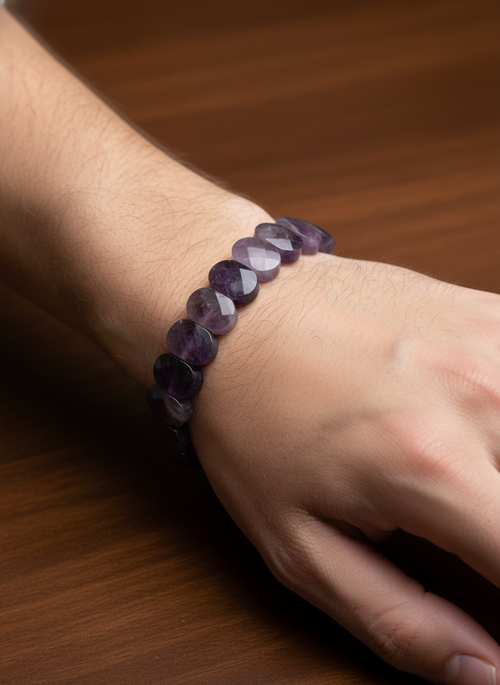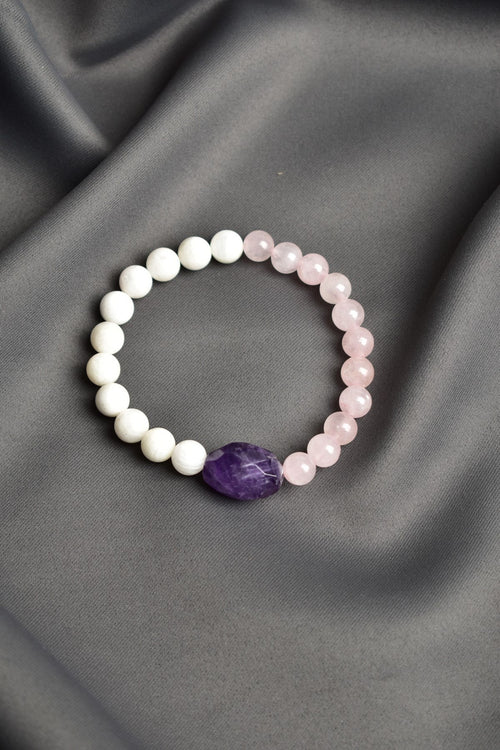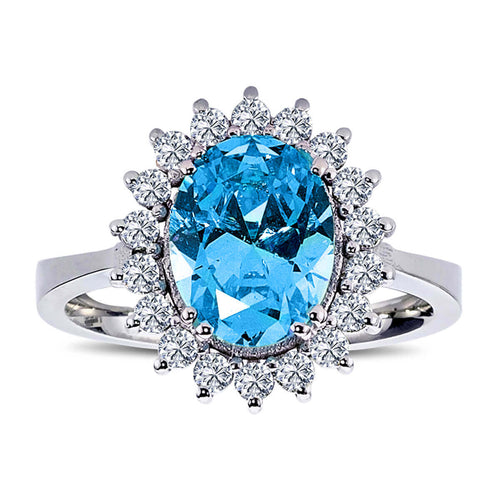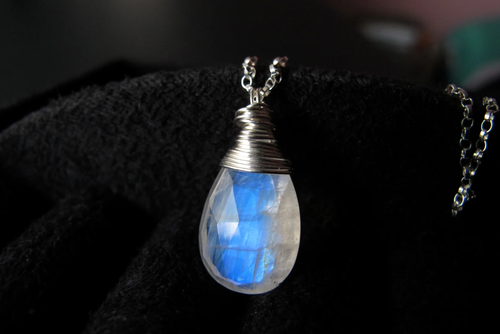ALL PRODUCTS IGSL INTERNATIONAL CERTIFIED
The optical properties of crystalline stones are related to how light interacts with the stone as it passes through it. These properties are a result of the crystal structure and composition and can be different for each type of crystal. Here are the basic optical properties of crystalline stones:
1. Refractive Index
- Definition: Refractive index describes how light bends when it passes through a medium (such as air) and enters a crystal.
- Measurement: Refractive index is usually measured using a refractometer.
- Examples: The refractive index of diamond is about 2.42, while quartz is 1.54.
2. Birefringence
- Definition: Birefringence is the splitting of light into two separate light beams as it passes through a crystal. This property is found in anisotropic crystals.
- Observation: Birefringence can be observed using a polariscope or microscope.
- Examples: Calcite is a mineral that exhibits high birefringence.
3. Pleochroism
- Definition: Pleochroism is when a crystal appears in different colors when viewed from different angles. This occurs because the crystal absorbs light differently in different directions.
- Observation: Pleochroism can be observed with dichroic filters or a polarizing microscope.
- Examples: Tanzanite and tourmaline are among the stones that exhibit pleochroism.
4. Dispersion
- Definition: Dispersion is the formation of a prismatic color spectrum as a result of different wavelengths (colors) of light passing through a crystal at different speeds.
- Measurement: Dispersion is measured by spectroscopy and is often referred to as "fire."
- Examples: Diamond exhibits high dispersion, making the stone appear “fiery.”
5. Fluorescence and Phosphorescence
-
Fluorescence:
- Definition: Fluorescence is the property of a crystal to glow under ultraviolet (UV) light.
- Observation: It can be observed using UV lamp.
- Examples: Diamond and ruby fluoresce in different colors under UV light.
-
Phosphorescence:
- Definition: Phosphorescence is the ability of a crystal to continue to glow for a period of time after the UV light source is removed.
- Examples: Some types of zinc blende exhibit phosphorescence.
6. Optical Axis
- Definition: The optical axis defines the direction in which birefringence does not occur in a crystal.
- Observation: It can be observed with a polarized light microscope.
- Examples: Quartz has a single optic axis.
7. Internal Twinning
- Definition: Internal twinnings are regions in the crystal where internal structural symmetry occurs.
- Observation: It can be observed using a microscope or polariscope.
- Examples: Calcite and feldspar are minerals that can exhibit twinning.
8. Optical Activity
- Description: Optically active crystals have the ability to rotate polarized light by a specific angle.
- Measurement: Measured using a polarimeter.
- Examples: Quartz and sugar crystals show optical activity.
These optical properties of crystal stones are of great importance in both scientific research and jewelry design. Each property provides valuable information about the chemical composition and internal structure of the crystal.



























